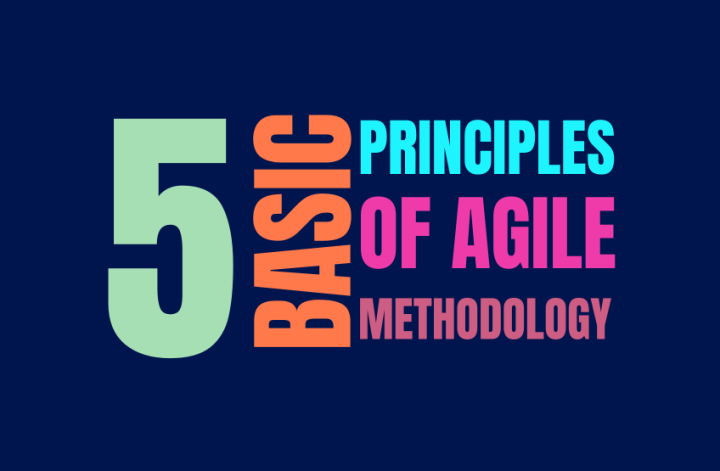Project estimation is the process of predicting the effort required to complete a project. It is essential to do this accurately to set the right expectations with your clients and ensure that you can meet their deadlines. In this blog post, we will discuss ten different project estimation techniques you can use to get an accurate estimate for your project timeline.
One popular estimation technique is called the Delphi method. This involves polling a group of experts on their opinion of how long the project will take. This can be useful if you have access to a team of experienced professionals who can provide accurate estimates.
Another common estimation technique is called bottom-up estimation. This involves starting with the most basic tasks and working your way up to the more complex ones. This can be a good approach if you have a detailed understanding of all the tasks involved in the project.
If unsure how long something will take, you can always use the top-down estimation technique. This involves starting with the end goal and working backward to determine the required steps. This can be a good approach if you want a general idea of how long the project will take without getting too bogged down in the details.
Once you estimate how long the project will take, you can start thinking about how you will manage your time. There are a variety of tools and techniques that you can use to help you with this. One popular tool is called a Gantt chart. This can be used to visually represent the tasks involved in the project and their dependencies.
Another standard tool is called project management software. This can be used to track the project’s progress and ensure that all the tasks are completed on time.
Once you estimate how long the project will take and a plan for managing your time, you can start thinking about how you will allocate your resources. This includes things like budget, staff, and materials. You must ensure that you have enough of each to complete the project on time and within budget.
Once you have an estimate of how long the project will take, a plan for how you will manage your time, and a plan for how you will allocate your resources, you can start thinking about the risks involved in the project. This includes unforeseen delays, unexpected costs, and changes in scope. You need to identify these risks early on to plan for them accordingly.
Once you have an estimate of how long the project will take, a plan for how you will manage your time, a method for how you will allocate your resources, and a program for the risks involved in the project, you can then start to think about the project management process. This includes creating a project schedule, assigning tasks to team members, and tracking progress.
The above are just some of the many project estimation techniques you can use to get an accurate estimate for your project timeline. Using these techniques, you can ensure that you can meet your client’s deadlines and deliver a successful project.
Inaccurate estimations can lead to big problems down the road, including unhappy clients, budget overruns, and missed deadlines. You can avoid these problems and deliver a successful project using the above ten estimation techniques.
Do you have any other project estimation techniques that you use? Share them in the comments below! I’d love to hear from you!




